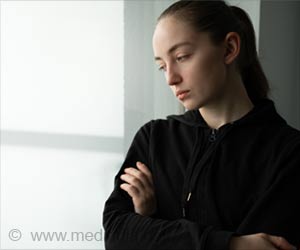Does embryo growth affect miscarriage chances in pregnancies? Yes, embryonic development is delayed in pregnancies ending in a miscarriage compared to ongoing pregnancies.

Looking for Embryo Development in Early Pregnancy Loss
At present, data on the embryonic morphology of live pregnancies ultimately ending in a miscarriage are absent. Hence, researchers conducted a new study based on embryonic morphology using the Carnegie staging system and virtual reality (VR) techniques, which will provide a new understanding of the etiology of pregnancies ending in miscarriage.3D ultrasound with high-resolution transvaginal probes and virtual reality techniques, to create 3D holograms of the embryo. This enabled them to assess the overall development of the embryo, including arms and legs, the shape and length of the brain, and the curvature of the embryo.
They were also able to measure embryonic volume and the distance between the crown of the head and the bottom of the embryo’s buttocks (crown-rump length). Later, they compared the morphology against established stages of embryo development, known as the Carnegie Stages. The Carnegie stages of embryonic development cover the first ten weeks of gestation and run from 1 to 23.
Compared to an ongoing pregnancy, a pregnancy ending in a miscarriage was associated with a lower Carnegie stage and the embryo would reach the final Carnegie stage four days later than an embryo from a pregnancy that resulted in a healthy baby. A delay in the Carnegie stage increased the likelihood of a miscarriage by 1.5% per delayed stage.
Embryo Development: An Indicator for Miscarriage
After the tenth week, there is no staging system for embryo development, so the researchers used fetal growth and birth weight to assess development thereafter. They found that a pregnancy ending in a miscarriage was linked to a shorter crown-rump length and smaller embryonic volume.Researchers collected data from women taking part in the ongoing Rotterdam Preconception Cohort (PREDICT study), a large prospective study embedded in patient care in the department of obstetrics and gynecology at Erasmus MC, University Medical Center, Rotterdam.
A total of 611 ongoing pregnancies and 33 pregnancies ending in a miscarriage were included from women recruited to the study between 2010 and 2018 when they were between seven and ten weeks pregnant.
Advertisement
In the future, the ability to assess the shape and development of embryos could be used to estimate the likelihood of a pregnancy continuing to the delivery of a healthy baby. This would enable health professionals to provide counseling to women and their partners about the prospective outcome of the pregnancy and the timely identification of a miscarriage.
Advertisement
Source-Eurekalert















